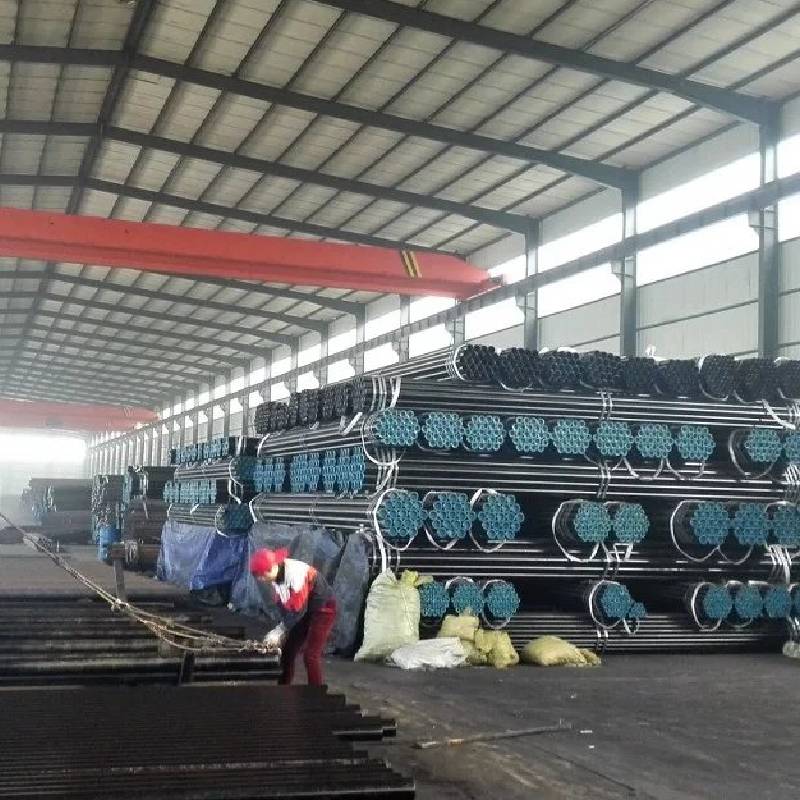-
Cangzhou Yulong Steel Co., Ltd.
-
Phone:
+86 13303177267 -
Email:
admin@ylsteelfittings.com
- English
- Arabic
- Italian
- Spanish
- Portuguese
- German
- kazakh
- Persian
- Greek
- French
- Russian
- Polish
- Thai
- Indonesian
- Vietnamese
- Zulu
- Korean
- Uzbek
- Hindi
- Serbian
- Malay
- Ukrainian
- Gujarati
- Haitian Creole
- hausa
- hawaiian
- Hebrew
- Miao
- Hungarian
- Icelandic
- igbo
- irish
- Japanese
- Javanese
- Kannada
- Khmer
- Rwandese
- Afrikaans
- Albanian
- Amharic
- Armenian
- Azerbaijani
- Basque
- Belarusian
- Bengali
- Bosnian
- Bulgarian
- Catalan
- Cebuano
- China
- China (Taiwan)
- Corsican
- Croatian
- Czech
- Danish
- Esperanto
- Estonian
- Finnish
- Frisian
- Galician
- Georgian
- Kurdish
- Kyrgyz
- Lao
- Latin
- Latvian
- Lithuanian
- Luxembourgish
- Macedonian
- Malgashi
- Malayalam
- Maltese
- Maori
- Marathi
- Mongolian
- Myanmar
- Nepali
- Norwegian
- Norwegian
- Occitan
- Pashto
- Dutch
- Punjabi
- Romanian
- Samoan
- Scottish Gaelic
- Sesotho
- Shona
- Sindhi
- Sinhala
- Slovak
- Slovenian
- Somali
- Sundanese
- Swahili
- Swedish
- Tagalog
- Tajik
- Tamil
- Tatar
- Telugu
- Turkish
- Turkmen
- Urdu
- Uighur
- Welsh
- Bantu
- Yiddish
- Yoruba

Oct . 02, 2024 00:56 Back to list
Understanding the Characteristics and Applications of PN6 Flange in Industrial Settings
Understanding PN6 Flange Characteristics and Applications
Flanges are essential components in piping systems, providing a stable connection between two sections of a pipe or between a pipe and other equipment. Among the various standards available for flanges, the PN (Pressure Nominal) rating is a crucial specification used in many industries. In this article, we will focus on PN6 flanges, exploring their characteristics, dimensions, materials, and applications.
Characteristics of PN6 Flanges
The PN in PN6 stands for Pressure Nominal, which indicates the pressure rating of the flange. The number that follows signifies the maximum allowable pressure in bars at a specified temperature. In the case of PN6, the maximum pressure is 6 bars, or approximately 87 psi. This rating signifies that PN6 flanges are suitable for low-pressure applications, making them ideal for certain types of utilities and processes.
Dimensions of PN6 flanges follow the standards set by the International Organization for Standardization (ISO) and the European Norm (EN). These flanges typically come in a few standard sizes, including DN (Nominal Diameter) ratings that correspond to the pipe size. For example, a DN50 PN6 flange corresponds to a nominal diameter of 50 mm, with a flange face that meets specific profilometric and flatness requirements. The thickness and bolt hole dimensions are also standardized, ensuring compatibility with other components.
One of the important aspects of designing and manufacturing flanges is the choice of material. PN6 flanges can be produced from a variety of materials, including carbon steel, stainless steel, ductile iron, and plastic. The choice of material depends on the application, pressure conditions, and the fluid being conveyed. For instance, stainless steel PN6 flanges are often used in food and pharmaceutical industries due to their corrosion resistance and hygienic properties.
Applications of PN6 Flanges
PN6 flanges are often used in applications involving water, gas, and other fluids where low-pressure conditions exist. Their common applications include
pn6 flange

1. Water Supply Systems PN6 flanges are suitable for connecting pipes in municipal and industrial water supply systems. Their ability to maintain integrity under low pressures makes them a reliable choice for these applications.
2. HVAC Systems In heating, ventilation, and air conditioning systems, PN6 flanges are frequently used to connect ducting and piping. Their lightweight and durable construction help maintain system efficiency.
3. Chemical Processing Certain chemical processing applications require low-pressure piping systems, and PN6 flanges provide a safe and effective means of connecting various components.
4. Agricultural Applications In irrigation systems and other agricultural installations, PN6 flanges are employed to ensure reliable fluid transport without the risk of leaks under low-pressure conditions.
5. Fire Protection Systems PN6 flanges can also be found in sprinkler and firefighting systems, where low-pressure water supply is essential for effective operation.
Conclusion
In summary, PN6 flanges play a crucial role in numerous low-pressure applications across various industries. Their standardized dimensions and versatile material options make them a reliable choice for connecting pipes and equipment. Understanding the characteristics and appropriate applications of PN6 flanges allows engineers and technicians to make informed decisions, ultimately ensuring the reliability and safety of piping systems. As industries continue to evolve and require specialized solutions, the importance of adhering to flange standards like PN6 cannot be overstated.
Latest news
-
ANSI 150P SS304 SO FLANGE
NewsFeb.14,2025
-
ASTM A333GR6 STEEL PIPE
NewsJan.20,2025
-
ANSI B16.5 WELDING NECK FLANGE
NewsJan.15,2026
-
ANSI B16.5 SLIP-ON FLANGE
NewsApr.19,2024
-
SABS 1123 FLANGE
NewsJan.15,2025
-
DIN86044 PLATE FLANGE
NewsApr.19,2024
-
DIN2527 BLIND FLANGE
NewsApr.12,2024
-
JIS B2311 Butt-Welding Fittings LR/SR 45°/90° /180°Seamless/Weld
NewsApr.23,2024











